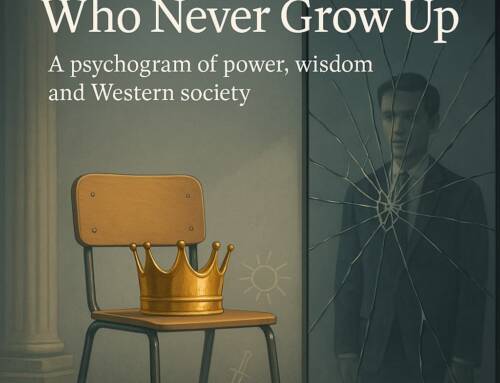For me, the issue with “new” is that it is not a very much enticing quality for your regular target groups in development cooperation.
It’s not a value-added. It’s actually quite salesy.
To put it in contrast, if you picked out the data from your analytics software that one of your PDFs had been downloaded, say 5,000 times in the last three months, then this would probably be a much better quality argument.
You should mention that rather than it being new.
In development cooperation, we’re after „approved by practice“, „working well“, “peer-reviewed” this sort of thing.
“New” is more the opposite. If something is new, use another quality to promote it.
Doesn’t new resemble change?
I know you have to juggle it with the general idea that obviously development cooperation wants to bring change.
“New” seems to carry this idea in a nutshell.
However, people in recipient countries are tired of being guinea pigs for new approaches and “solutions”.
They’re looking for proven paths the donor countries have experience with.
That’s actually a key legitimization for developed countries to be allowed to get involved on a technical level in partner countries in the first place.
You can avoid “new” and you can still achieve more by more nuanced messaging terms.
Identify evergreen content
It would make perfect sense to „relaunch“ articles, documents, etc. that have a positive time-stamp “approved by peers“ on it much more often!
This should be common communications practice in development cooperation.
I believe there could be so much gained from sifting through older materials, checking them technically, editing and republishing them.
Older, not old.






Leave A Comment